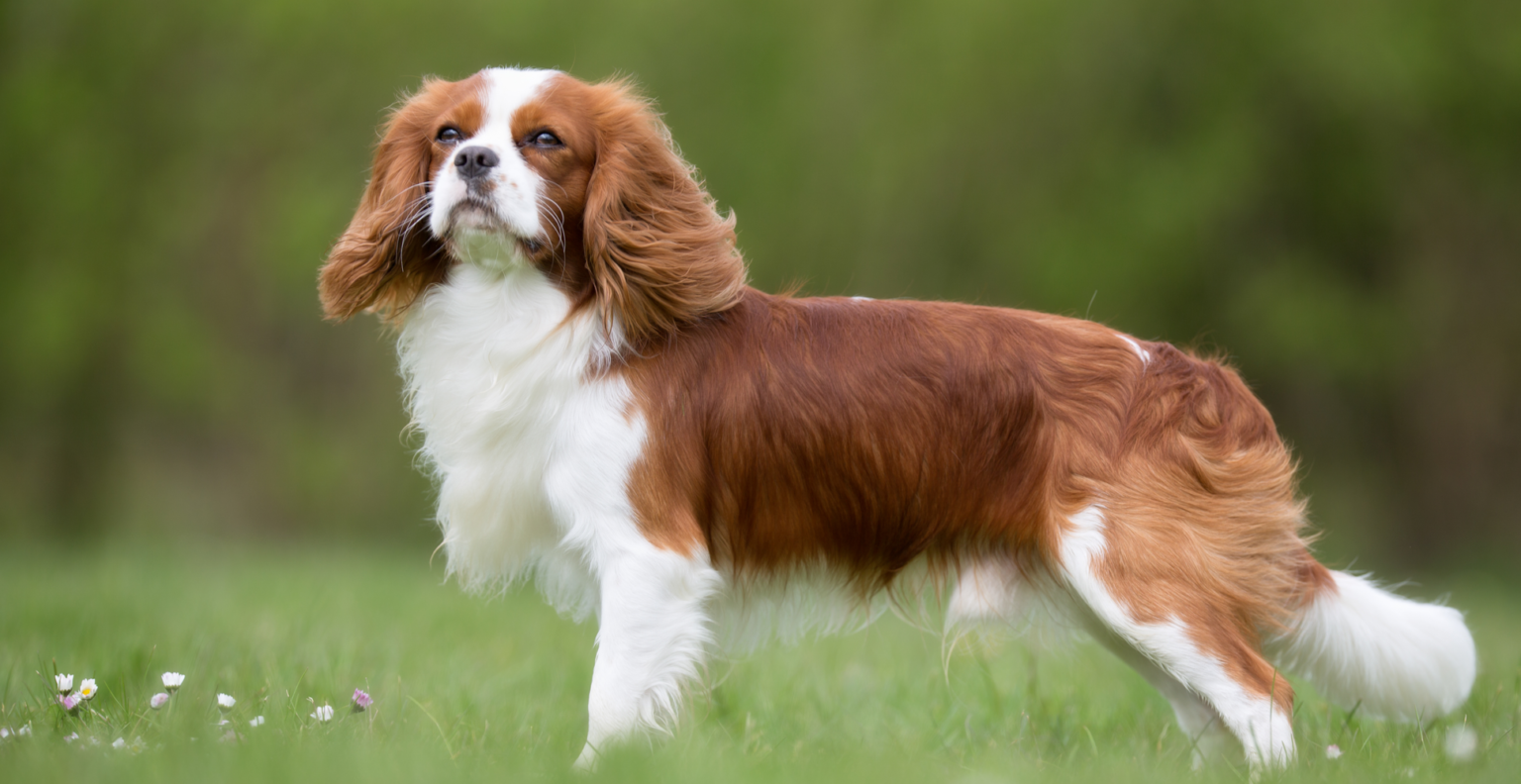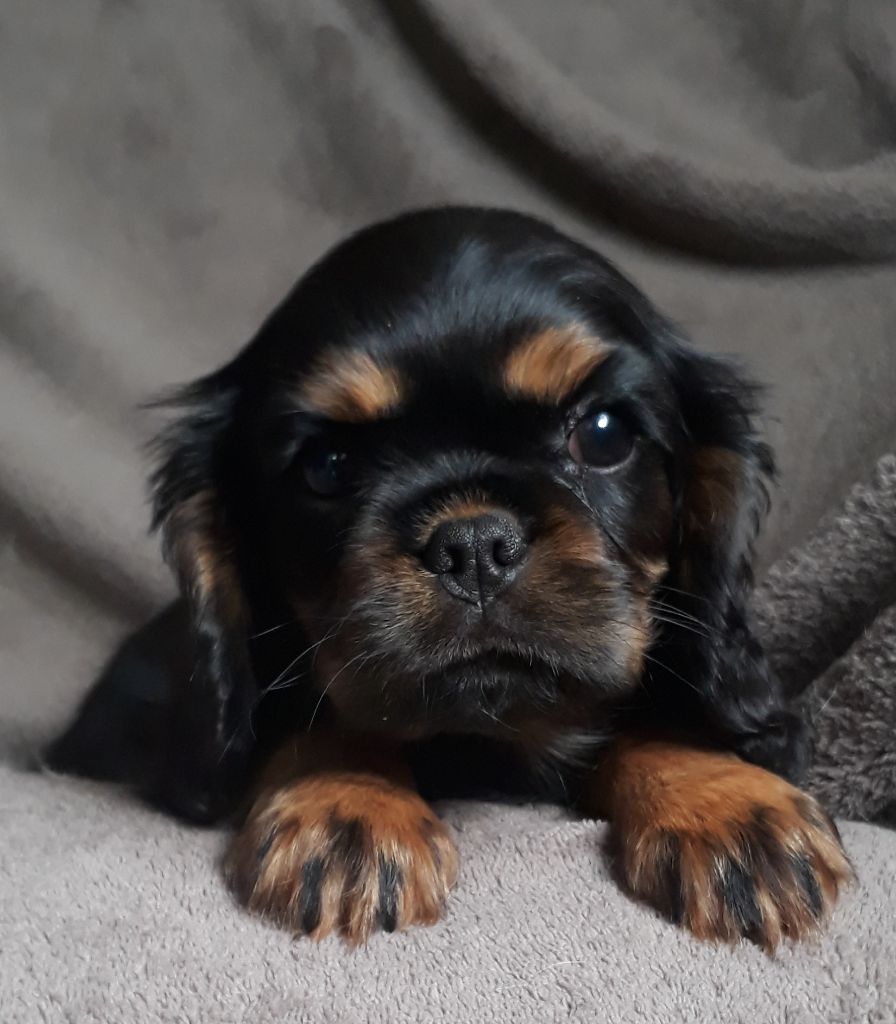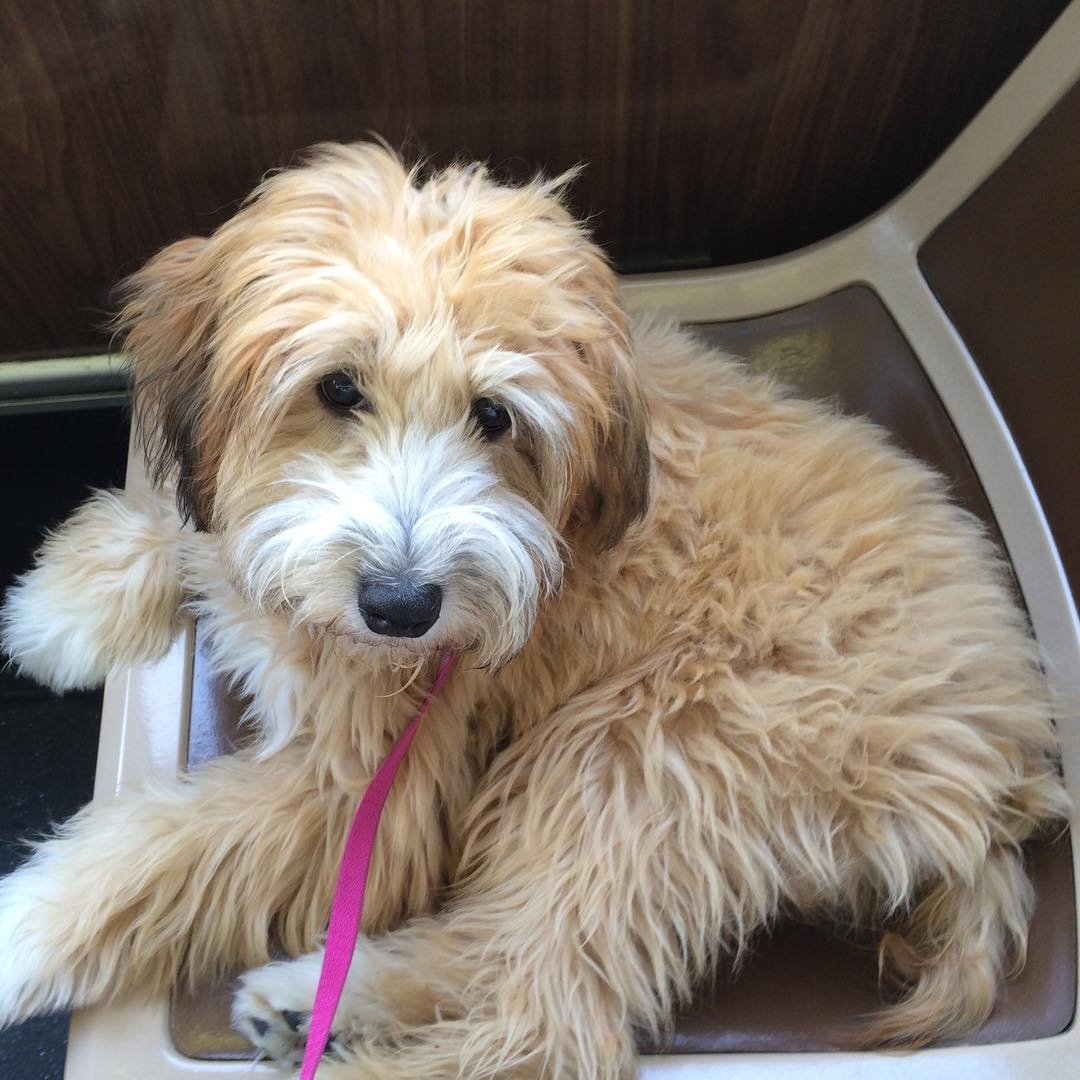

Flatter-faced lapdogs, such as the pug and the Pekingese, were becoming increasingly popular and the King Charles adopted some of these characteristics.Īs early as 1845, the veterinary surgeon William Youatt wrote, rather cuttingly, in his book The Dog that ‘the King Charles’s breed of the present day is materially altered for the worse. Drawings of Anne Brontë’s faithful companion Flossy and Queen Victoria’s beloved Dash depict this classic type, before they began to be selectively bred to suit changing tastes. The 1st Duke of Marlborough developed the Blenheim, which had brown-and-white markings and was used to flush out game, and, until the 19th century, toy spaniels closely resembled their larger counterparts. With his long curled wig, the king must have borne a certain resemblance to the black-and-tan spaniels that have since taken his name. The diarist Samuel Pepys records that the monarch was rarely seen without several small dogs trotting behind him. However, it was during the reign of Charles II that the breed’s popularity really took off. ‘They’re gentle, adaptable and ideal companions’ Their fondness for curling up on laps and willingness to act as foot-warmers made them popular among court ladies confined to draughty Tudor chambers. The first ‘comfort spaniels’ were probably bred down from the working breeds – Elizabeth I had one, as did her cousin Mary, Queen of Scots. The truth is, these little spaniels are very good at charming their owners and they’ve had centuries of practice. ‘Nothing seemed to get in Daisy’s way – she used the cat flap to get to the chicken pen to steal their corn, was regularly discovered in friends’ cars eating whatever she could find and, in her youth, we often found her on the kitchen table having pilfered the remains of many a dinner party.’

‘They can smell food from miles away,’ notes Yorkshire-based PR consultant Georgie Pridden, whose ruby Cavalier Daisy attained the grand old age of 15. They often have a soft spot for food and tend towards gluttony – if left to indulge freely, Crumble would be at least double his size. The little dog took no notice of the terrified rodent – which scuttled past, practically under his nose – and instead climbed into the nearest dustbin in pursuit of a half-eaten sandwich.īecause they are so eager to please, they are usually easy to train, especially if helped along by a steady supply of treats. The only time Crumble disgraced himself was when the editor tried to set him on a mouse that had found its way into the office. Before long, Crumble had a sideline as an in-house model, which saw him draped in diamonds, stuffed into Gucci bags and, on one memorable occasion, dressed up as David Cameron for a Brexit-themed photoshoot, in which he posed on a miniature Chesterfield, holding a passport in his mouth. He quickly became a permanent fixture beneath my desk – he was quiet, biddable and charmed everyone. ‘Crumble had a sideline as an in-house model, which saw him draped in diamonds, stuffed into Gucci bags and, on one memorable occasion, dressed up as David Cameron for a Brexit-themed photoshoot’ It didn’t matter that I then worked at a fashion magazine where dogs were against company policy. Shortly afterwards, I became the owner of an extremely handsome, eight-month-old ruby and, within days, it had become very apparent that their sticking-plaster reputation was well earned. I laughed and said that sounded lovely, but it hadn’t really sunk in. ‘They’re like sticking plasters,’ warned a helpful lady at the Cavalier King Charles Club of Northern Ireland.

Having grown up with an assortment of independently minded terriers, I thought I knew what to expect when I decided to acquire my first dog as an adult.


 0 kommentar(er)
0 kommentar(er)
